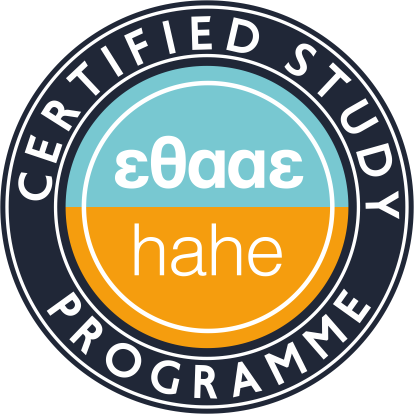
Ioannis SamarasFormer Member
Laboratories & Divisions
Research Activity

AC electrical measurements is an extension (in frequency domain) of the DC electrical measurements. AC electrical measurements may map the charges' transport (current) with common electrical elements (CEE) that we know from textbooks for DC/AC electrical circuits, i.e. we map the local charges' transport with CEE models. So, the parameters affecting current can be understood better, offering tools for material's optimization. For example, a piezoelectric quartz-crystal oscillator (PZT) has a simple direct model map between materials' or mechanical parameters of mass (m), spring constant (k) and energy losses (γ) with electrical equivalent model parameters of a coil (L), a capacitance (C) and a resistor(R) connected in series. This map is: m->L, k->1/C, γ->R. Thus, we may form a PZT-material's optimization process changing one (only) parameter in a well known RLC-model.
RESEARCHERS

The electrical characterisation process aims to determine the electrical properties of materials and conductive systems as part of the general transport properties of solids. .
The group is specialised in the parametric study of the electrical behaviour of materials and its interpretation when exposed to controlled steady electric and magnetic fields. The parameters include temperature (10 – 300 K), magnetic field (1.4 T), the composition and structure of the materials, as well as the geometry and topography of the samples under test and their electrical contacts.
The characterisation process is based on the online measurement of the electrical conductivity, the Hall Effect and the magnetoresistance of materials, according to the Van der Pauw and Wascher methodologies. .
The group has extensive experience in the characterisation of semiconductors, metals and semi-metals, as well as in the exploration of suitable theoretical models in order to further investigate and expand the methodologies of measurement of inhomogeneous and anisotropic materials. .
RESEARCHERS

A battery is an electrical source device offering charge, current and power for a load. High charge is offered using all volume (3D) of active materials. High current is offered by considerable mixed electronic-ionic conductivity of active materials (anode and cathode) as well as by high-ionic / low-electronic conductivity of the electrolyte during all working duty cycles of charge/discharge. So, a vast number of theoretical candidate materials for batteries, under the above constrains, is limited into an extemelly small number of materials for commercial batteries. The near future of batteries, though, is mainly the Li-ion Batteries, fulfilling better the consumers' demands for portable devices.
Activities:
A. Preparation of cathodic, anodic and electrolytic materials either in powders or in thin films
B. Investigation of the structural properties of these materials
C. Investigation of their electrical properties
D. Formation of Li-ion batteries and microbatteries
E.Investigation of the batteries by measuring the charging-discharging, the charge capacity and the stability of their properties with the number of cycles of charging-discharging.
